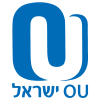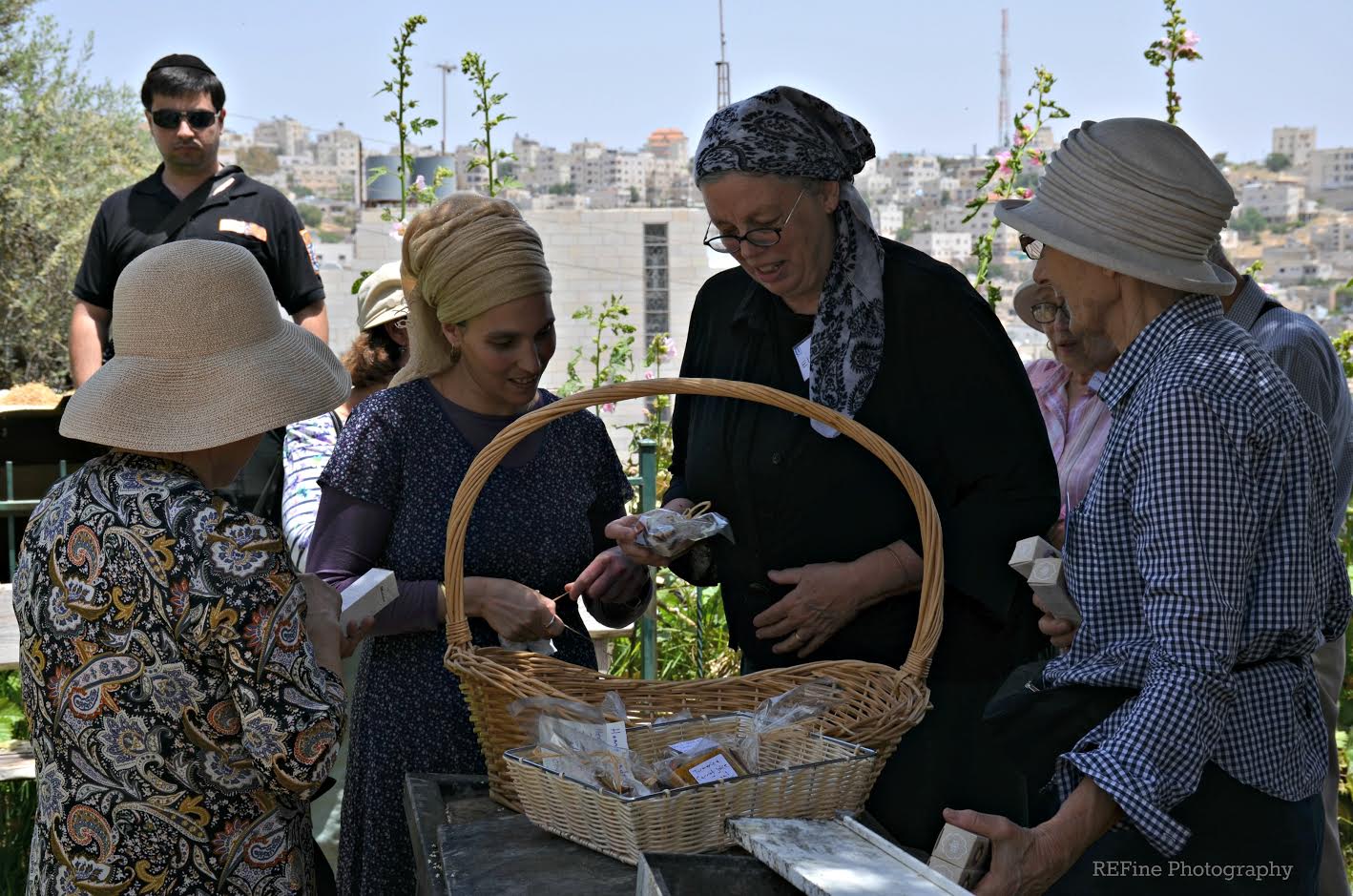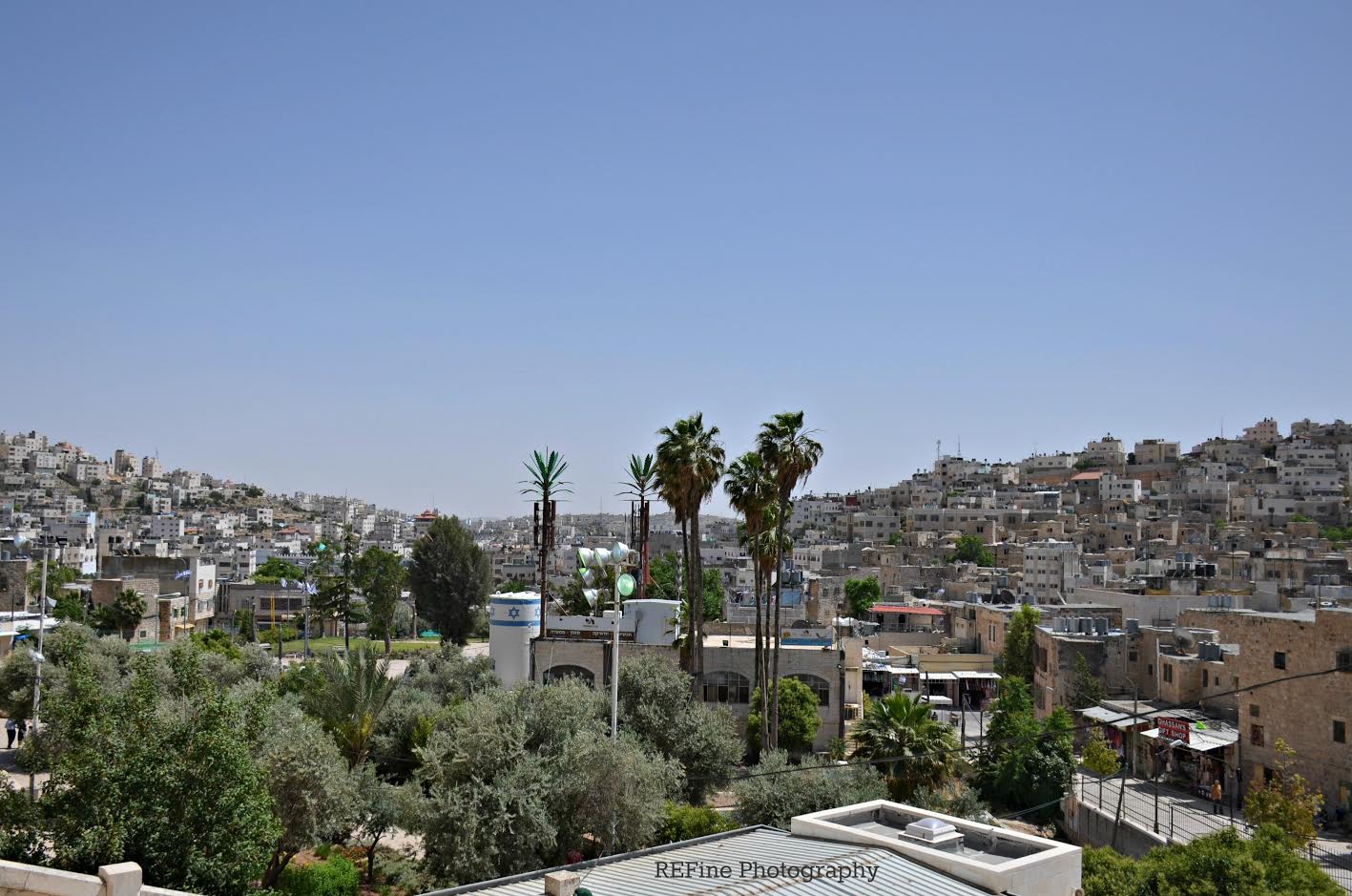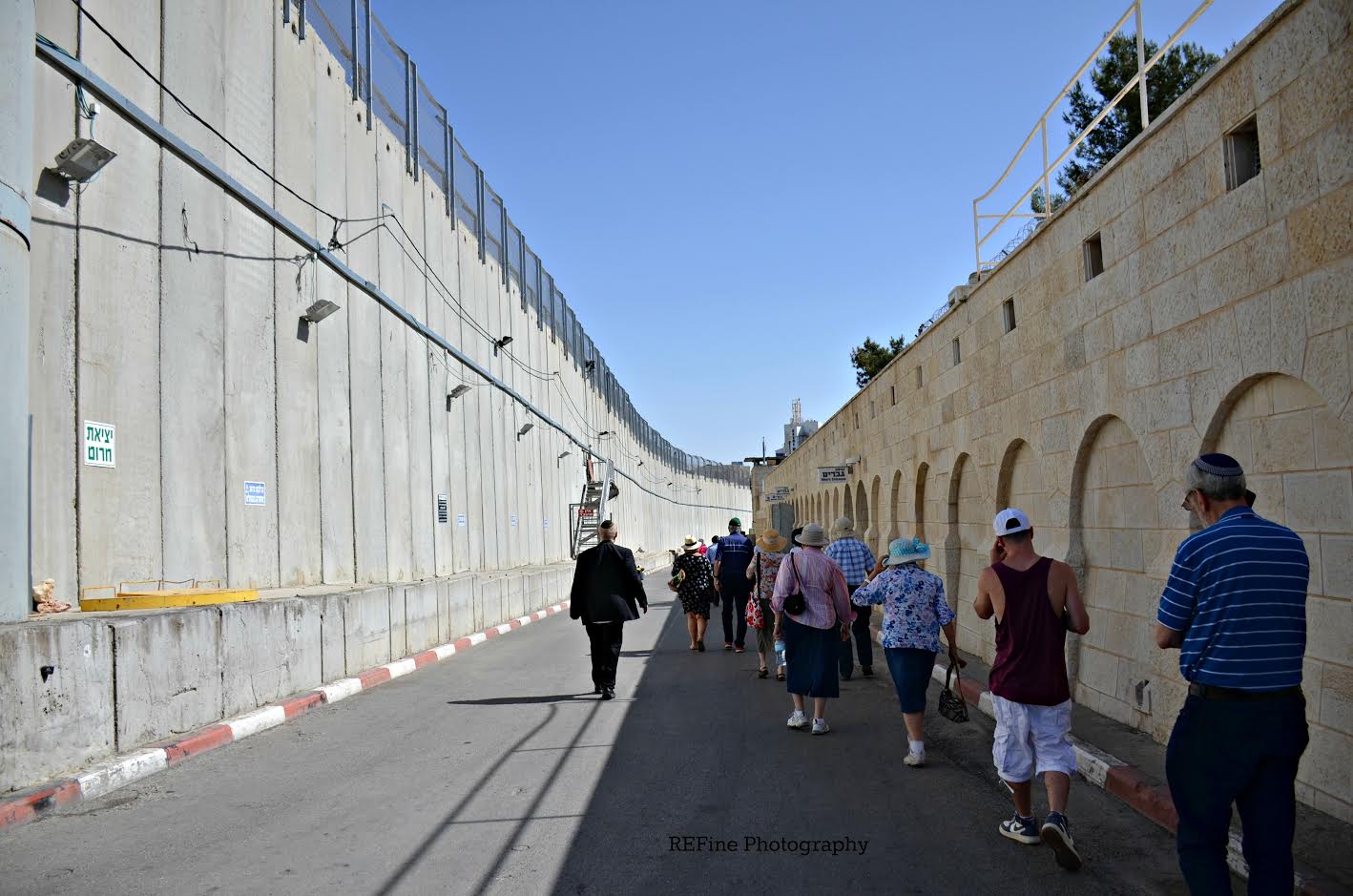OU Israel Travel Chevron Trip
Story by: Phil & Ruth Esther Fine
Mark Twain wrote on his visit there in 1867, “Palestine, sits in sackcloth and ashes.” But little did he know what was to come.
And although Chevron, Israel’s second-holiest city and home to roughly 700 Jews and 250,000 Arabs, isn’t as bedraggled and boulder-strewn as was Palestine 150 years ago, it’s still a faint image of what it could be.
About 60 men and women toured Chevron, as well as Kever Rachel, on an all-day, OU Israel Center -sponsored bus tour Mon., May 15. And although they followed in the footsteps of their ancestors 3,500 years ago, they also saw a Chevron that’s devoid of Israel’s life-giving pulse.
Many shops and stores lie vacant, buildings are in need of repair and wide avenues are empty of pedestrians.
But, slowly, ever so slowly, Chevron is being brought back to life by the steely determination of Jews who, defying the world’s censure, have settled and continue to settle in this ancient city.
Rabbi Simcha Hochbaum is one such Jew. A native of Staten Island, N.Y., he’s been living in Chevron for more than two decades. And despite the existential threat posed by thousands of Palestinians, he’s unlikely to leave Chevron any time soon.
Rabbi Hochbaum conducted the tour. More important, he validated the Jewish claim to Chevron, keying specific sites to psukim in the Torah. In effect, he made the heritage of the Avos and Emos come alive. He also spoke movingly of the Tomb of the Patriarchs, Judaism’s second holiest site, and then lead the group up to the tomb itself. He later led the group on a visit to Kever Rachel where those on the tour davened mincha.
Under Rabbi Hochbaum’s guidance, the group also toured the Beit Hadassah visitors centre where they viewed a film that brought to life over three millennia of Jewish life in Chevron. As well, the group saw heartbreaking photos of the victims of the Chevron massacre of 1929. They also heard from a young resident in one of the Jewish neighborhoods who’d experienced personal loss. It was very moving.
Yes, the position of Rabbi Hochbaum and the other brave residents in Chevron is perilous. They’re surrounded by thousands of Arabs, vilified by much of the world’s media and excoriated by both “human rights” (read: anti-Israel) NGOs and legions of do-gooders.
But these brave residents are like the chalutzim who came to the Jewish homeland in the late 19th and early 20th centuries, laying the groundwork for the modern state of Israel. And, like the chalutzim who, despite hardships, still prevailed, these residents too will no doubt prevail in their quest to restore the cradle of Jewish civilization to its former glory.
The trip was a wonderful glimpse into the life of the pioneering spirit of Israelis living in Hebron, as well as the potential happiness and difference that settling there can bring.
For more exciting upcoming tiyulim, please visit:
https://www.ouisrael.org/about/travel-desk/ on which you can register as well.






